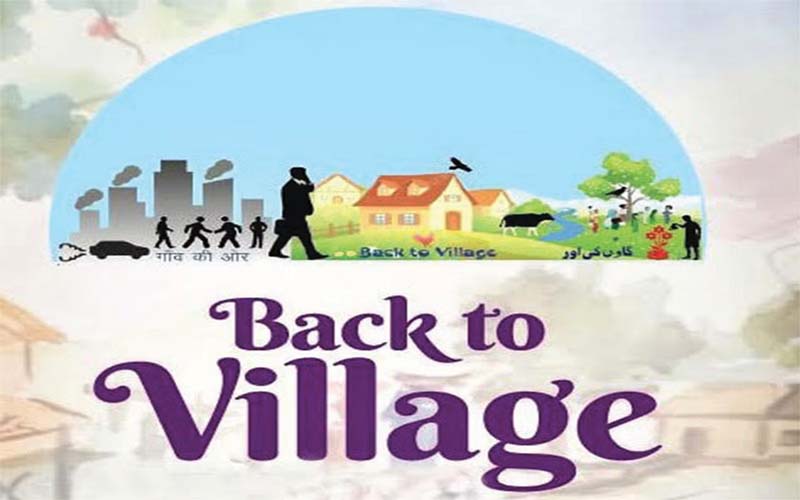After the Back to Village 5 programme ended, the Lieutenant Governor promised that its numerous initiatives would continue in the future, empowering marginalised communities, especially Dalits and Adivasis, and igniting transformative developments. During this period, administrative representatives meticulously visited all 4291 panchayats to redress public grievances, scrutinise the advancement of previous initiatives, and emphasise that while the formal programme had concluded, its dynamic initiatives would endure. The Back 2 Village programme embodies a renewed commitment to the social and economic upliftment of villages within the Union Territory. The programme aspires to effect a transformative shift in the rural socio-economic fabric, propelling villages to become pivotal agents of Jammu and Kashmir’s developmental trajectory, with services seamlessly reaching the doorsteps of the populace across all the panchayats. The 10-day fifth phase of the Back 2 Village initiative followed four prior phases held by the Jammu and Kashmir administration from 2019 to 2022. Relentless endeavours are being exerted by the administration to mobilise bureaucrats within the Union Territory, urging their active presence in the field to enhance public service. This involves attentively addressing the day-to-day tribulations of the populace, resolving their predicaments, soliciting their input, and pioneering novel initiatives predicated on these suggestions. The succession of Back to Village programmes, totalling five thus far, stands as a testament to the earnest attempts of the administration.
The continuum of developmental processes remains unabated, with meticulous alterations implemented to fortify the fabric of these initiatives. Novel modalities have been instituted to ensure the efficacious delivery of scheme benefits to the deserving public. The overarching themes of public outreach, fortification of grassroots democracy, doorstep service delivery, and transparency pervade all initiatives. Omissions or oversights are categorically precluded, given that these projects and schemes are expressly designed to uplift the impoverished, endowing them with direct monetary benefits, potable water, or electricity-some of these being introduced in certain locales since independence. The veracity of this may appear peculiar, but it is an incontrovertible reality.
The Back to Village program emerges as a pivotal initiative, wherein higher authorities undertake visits to various panchayats, affording them a firsthand understanding of the veracity of official reports. These visiting officers are mandated to meticulously submit comprehensive reports delineating local representations and accentuating highlighted problems. Simultaneously, a detailed account of the actions undertaken to redress grievances and implement suggested measures is imperative. Such a structured framework not only offers a conduit for the locals to articulate their concerns to higher authorities but also expedites the resolution of longstanding issues, fostering satisfaction among the denizens. These direct interactions not only render the Government perceptible but also foster transparency.
The Government is committed to exerting additional efforts to resolve all challenges. This dynamic interplay serves as a pivotal link between the citizenry and the Government. The administration, in turn, garners substantial benefits in the form of pertinent feedback, providing them with an insightful overview of the impact of various schemes. Local officials, cognizant of the imperative to redress problems and judiciously administer diverse Government initiatives, remain on high alert. This systemic approach ensures that even the most marginalised individual stands to benefit. It manifests as a mutually advantageous scenario, constituting a symbiotic relationship wherein both the populace and the administration derive reciprocal benefits.
Trending Now
E-Paper


